Related Research Articles
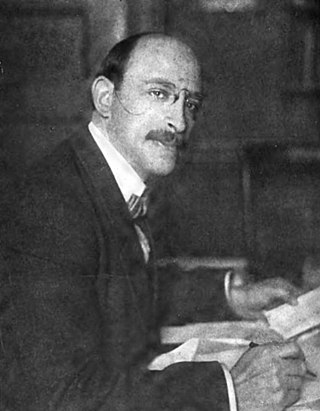
Alexander Berkman was a Russian-American anarchist and author. He was a leading member of the anarchist movement in the early 20th century, famous for both his political activism and his writing.
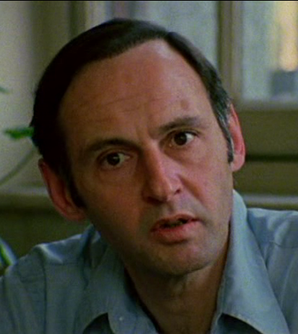
Paul Avrich was an American historian specialising in the 19th and early 20th century anarchist movement in Russia and the United States. He taught at Queens College, City University of New York, for his entire career, from 1961 to his retirement as distinguished professor of history in 1999. He wrote ten books, mostly about anarchism, including topics such as the 1886 Haymarket Riot, 1921 Sacco and Vanzetti case, 1921 Kronstadt naval base rebellion, and an oral history of the movement.
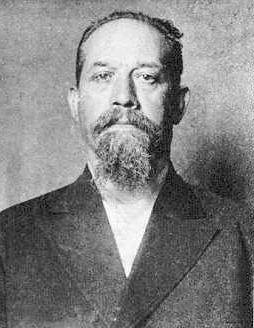
Luigi Galleani was an Italian insurrectionary anarchist best known for his advocacy of "propaganda of the deed", a strategy of political assassinations and violent attacks.
Anarchists have traditionally been skeptical of or vehemently opposed to organized religion. Nevertheless, some anarchists have provided religious interpretations and approaches to anarchism, including the idea that the glorification of the state is a form of sinful idolatry.

David Edelstadt was a Jewish, Russian-American anarchist poet in the Yiddish language. Edelstadt immigrated to Cincinnati and worked as a buttonhole maker, while publishing Yiddish labor poems in Varhayt and Der Morgenshtern. He was editor of the Yiddish anarchist newspaper Fraye Arbeter Shtime in 1891 but left the post after contracting tuberculosis, moving west to seek a cure. He continued to send the newspaper his poems until his death a year later.
Anarchism in the United States began in the mid-19th century and started to grow in influence as it entered the American labor movements, growing an anarcho-communist current as well as gaining notoriety for violent propaganda of the deed and campaigning for diverse social reforms in the early 20th century. By around the start of the 20th century, the heyday of individualist anarchism had passed and anarcho-communism and other social anarchist currents emerged as the dominant anarchist tendency.

Kate Cooper Austin was an American journalist and advocate of feminist and anarchist causes.
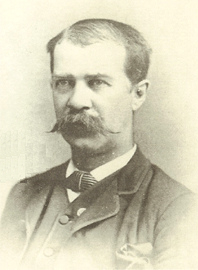
Dyer Daniel Lum was an American anarchist, labor activist and poet. A leading syndicalist and a prominent left-wing intellectual of the 1880s, Lum is best remembered as the lover and mentor of early anarcha-feminist Voltairine de Cleyre.

Saul Yanovsky was an American anarchist and journalist.
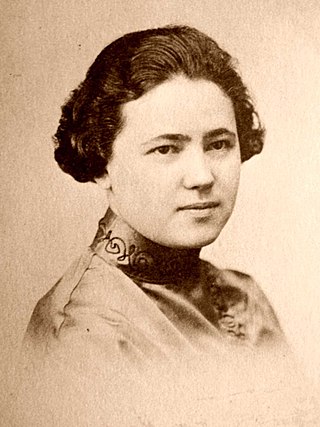
Mollie Steimer was a Ukrainian anarchist activist. After settling in New York City in 1913, she quickly became involved in the local anarchist movement and was caught up in the case of Abrams v. United States. Charged with sedition, she was eventually deported to Soviet Russia, where she met her lifelong partner Senya Fleshin and agitated for the rights of anarchist political prisoners in the country. For her activities, she and Fleshin were again deported to western Europe, where they spent time organising aid for exiles and political prisoners, and took part in the debates of the international anarchist movement. Following the rise of the Nazis in Europe, she and Fleshin fled to Mexico, where they spent the rest of their lives working as photographers.

The Haymarket affair, also known as the Haymarket massacre, the Haymarket riot, the Haymarket Square riot, or the Haymarket Incident, was the aftermath of a bombing that took place at a labor demonstration on May 4, 1886, at Haymarket Square in Chicago, Illinois, United States. The rally began peacefully in support of workers striking for an eight-hour work day, the day after the events at the McCormick Harvesting Machine Company, during which one person was killed and many workers injured. An unknown person threw a dynamite bomb at the police as they acted to disperse the meeting, and the bomb blast and ensuing retaliatory gunfire by the police caused the deaths of seven police officers and at least four civilians; dozens of others were wounded.

The International Working People's Association (IWPA), sometimes known as the "Black International," and originally named the "International Revolutionary Socialists", was an international anarchist political organization established in 1881 at a convention held in London, England.

Freie Arbeiter Stimme was a Yiddish-language anarchist newspaper published from New York City's Lower East Side between 1890 and 1977. It was among the world's longest running anarchist journals, and the primary organ of the Jewish anarchist movement in the United States; at the time that it ceased publication it was the world's oldest Yiddish newspaper. Historian of anarchism Paul Avrich described the paper as playing a vital role in Jewish–American labor history and upholding a high literary standard, having published the most lauded writers and poets in Yiddish radicalism. The paper's editors were major figures in the Jewish–American anarchist movement: David Edelstadt, Saul Yanovsky, Joseph Cohen, Hillel Solotaroff, Roman Lewis, and Moshe Katz.
Hillel Solotaroff (1865–1921) was a doctor known for his leadership in the New York Jewish/Yiddish anarchist movement. Solotaroff emigrated from Elizabetgrad in 1882 and while he pursued medical school, wrote for anarchist publications and was an exceptionally popular speaker. He became a member of the Jewish anarchist group Pioneers of Liberty and introduced the anarchist duo Emma Goldman and Alexander Berkman. Solotaroff continued writing through his life for various publications, writing a daily column for yiddish-language daily newspaper Der Tog. Later in his life, Solotaroff's views moved towards nationalism and Socialist Zionism.
Roman Lewis (1864–1918) was a prominent Jewish anarchist in New York. Fluent in Russian and Yiddish, he was the first editor of the Yiddish-language anarchist newspaper Fraye Arbeter Shtime. For a time, Lewis was the Pioneers of Liberty's best speaker. Lewis attended gymnasium in Russia. In New York, when he wasn't working at making shirts, he spent his leisure time with the anarchist movement and spoke at Jewish union rallies. He later became a Social-Democrat, attended law school in Chicago, where he remained. He was elected an assistant district attorney in Chicago as a Democrat. Lewis committed suicide in Cincinnati in 1918.
Moshe Katz (1864–1941) was an American Jewish editor and activist. He was a central figure of New York City's Jewish anarchist circle at the turn of the century, participating with the Pioneers of Liberty and giving speeches. He briefly edited the Yiddish-language anarchist newspaper Fraye Arbeter Shtime in the 1890s and contributed to other Yiddish-language periodicals. Katz translated multiple anarchist classics into Yiddish: Conquest of Bread, Moribund Society and Anarchy, and Prison Memoirs of an Anarchist. He grew towards Labor Zionism after the 1903 anti-Jewish Kishinev pogrom and eventually moved to Philadelphia to launch and edit a Yiddish daily periodical, Di Yiddishe velt, for twenty years beginning in 1914. Katz brought his New York literary contacts to the Philadelphia paper with content that rivaled the Yiddish periodicals of New York.
The Yom Kippur balls were countercultural, antireligious festivities held by Jewish anarchists and socialists on Yom Kippur, the holiest day of the Jewish year and day of atonement. Revelers sang, danced, ate, and heard speeches from famous anarchists. The tradition began in England in 1888 and, under the Pioneers of Liberty, recurred annually from New York the year after. By 1891, six other American cities held their own balls.

Jacob Abraham Maryson (1866–1941) was a Jewish–American anarchist, doctor, essayist and Yiddish translator. Maryson was among the few Pioneers of Liberty who could write in English. He was among the Pioneers who launched the Varhayt in 1889, the first American anarchist periodical in Yiddish.
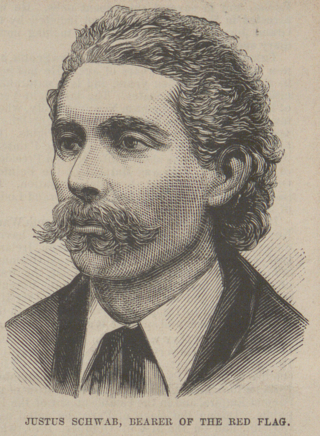
Justus H. Schwab (1847–1900) was the keeper of a radical saloon in New York City's Lower East Side. An emigre from Germany, Schwab was involved in early American anarchism in the early 1880s, including the anti-authoritarian New York Social Revolutionary Club's split from the Socialistic Labor Party and Johann Most's entry to the United States.